
12 amazing facts about famous paintings that you might not know
Behind every brushstroke, flourish or embellishment of a famous art piece lies a story, an artist's vision brought to life through the medium of art. Here we will embark on an illuminating journey by delving into the depths of art history to uncover 15 amazing facts about some of the world's most renowned pieces of art. From hidden symbols and mysterious techniques to scandalous anecdotes and groundbreaking innovations, not only will these facts enrich your appreciation for these masterpieces but they will also offer a fresh perspective on their enduring allure. So, let us embark on this artistic expedition, ready to unravel the secrets and marvel at the wonders concealed within these iconic works of art.
1. ‘The Mona Lisa’ (Leonardo da Vinci, c.1503-1506)
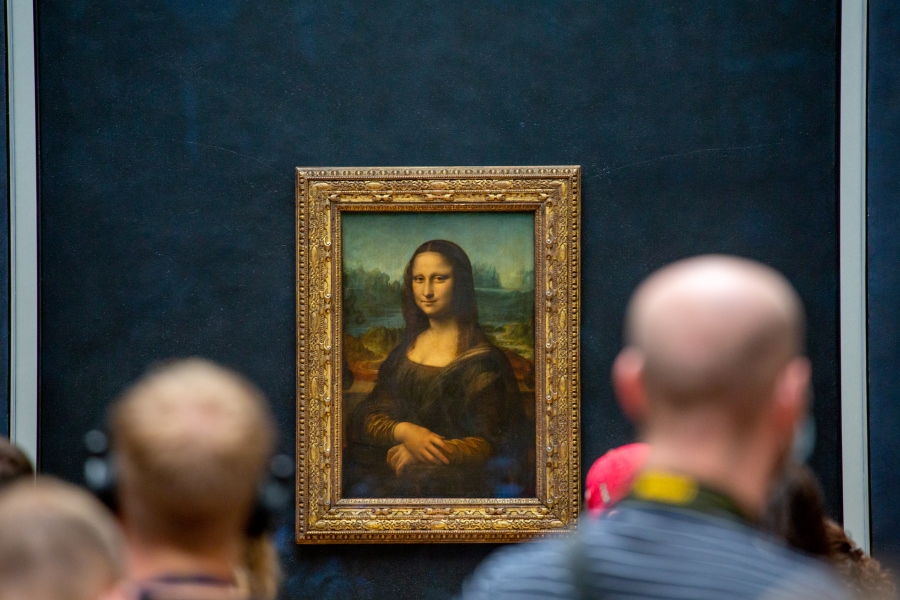 The Mona Lisa, Leonardo da Vinci, c.1503-1506 © Adobe Stock
The Mona Lisa, Leonardo da Vinci, c.1503-1506 © Adobe StockThis painting was speculated to have been a self-portrait of Leonardo da Vinci himself dressed in drag, however, this rumour has since been refuted by extensive research that confirms that it is highly likely that the painting is a portrait of a woman called Lisa del Giocondo, born and also known as Lisa Gherardini. Leonardo’s father and Gherardini’s father knew each other well and it is assumed that he commissioned the painting. However, it was strange that da Vinci did not mention the Mona Lisa in any of his personal sketches or notebooks.
2. ‘The Persistence of Memory’ (Salvador Dalí, 1931)
 The Persistence of Memory, Salvador Dalí, с. 1931
The Persistence of Memory, Salvador Dalí, с. 1931The painting painted by Salvador Dalí raises questions about the meaning of the melting clocks that feature in this renowned painting, as Dalí sought never to explain the motivations behind his pieces. Many critics claim that they were motivated by the Theory of Relativity by Einstein. However, Dalí joked that what inspired the piece was actually melting Camembert cheeses losing their circular forms in the sun.
3. ‘The Two Fridas’ (Frida Kahlo, 1939)
 The Two Fridas, Frida Kahlo, 1939
The Two Fridas, Frida Kahlo, 1939 ‘The Two Fridas’ by Frida Kahlo shows a mirror image of the artist herself, the only difference between the two figures is the clothing. The Frida on the left is dressed in a modern European style and the one on the right adorns more traditional Mexican clothing. Critics say that this was affected by her inner turmoil due to her marital state, reflecting her two personalities. Critics also suggest that the two figures represent Frida's dual heritage as her father was German, and her mother was Mexican.
4. ‘The Starry Night’ (Vincent van Gogh, 1889)
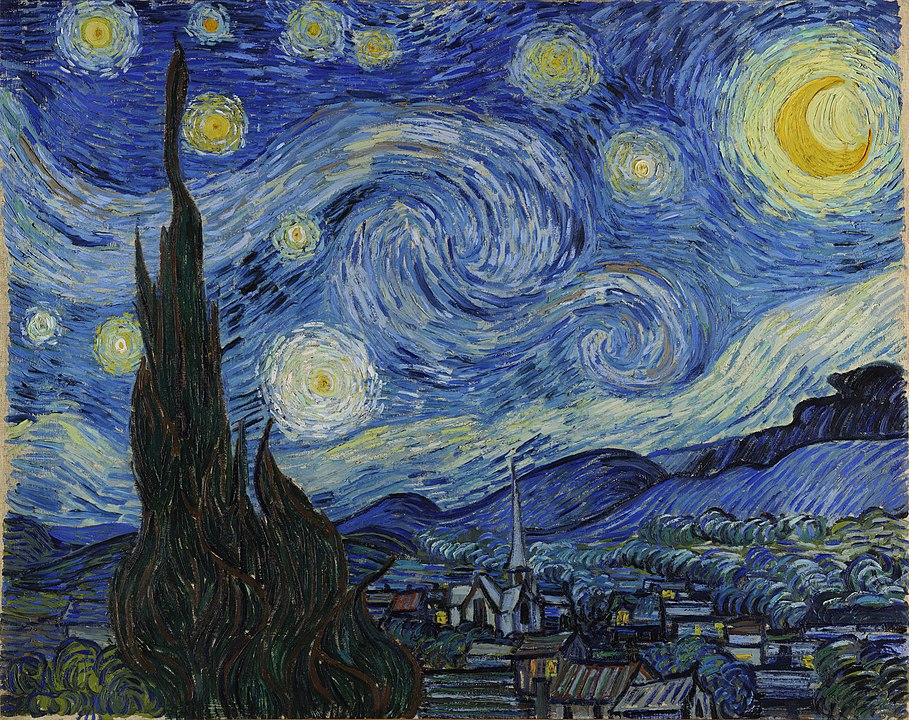 The Starry Night, Vincent van Gogh, c. 1889. Museum of Modern Art
The Starry Night, Vincent van Gogh, c. 1889. Museum of Modern ArtVincent van Gogh’s ‘The Starry Night’ (1889) was painted by the artist in his asylum room at Saint-Rémy-de-Provence. Even though it is considered one of his most famous pieces, and one of the most expensive pieces of art in the world, Van Gogh himself considered it a failure as it was never sold. Therefore, it is ironic that Van Gogh shot himself in the chest at the age of 37 because of this.
5. ‘Samson and Delilah’ (Peter Paul Rubens, ca. 1609-10)
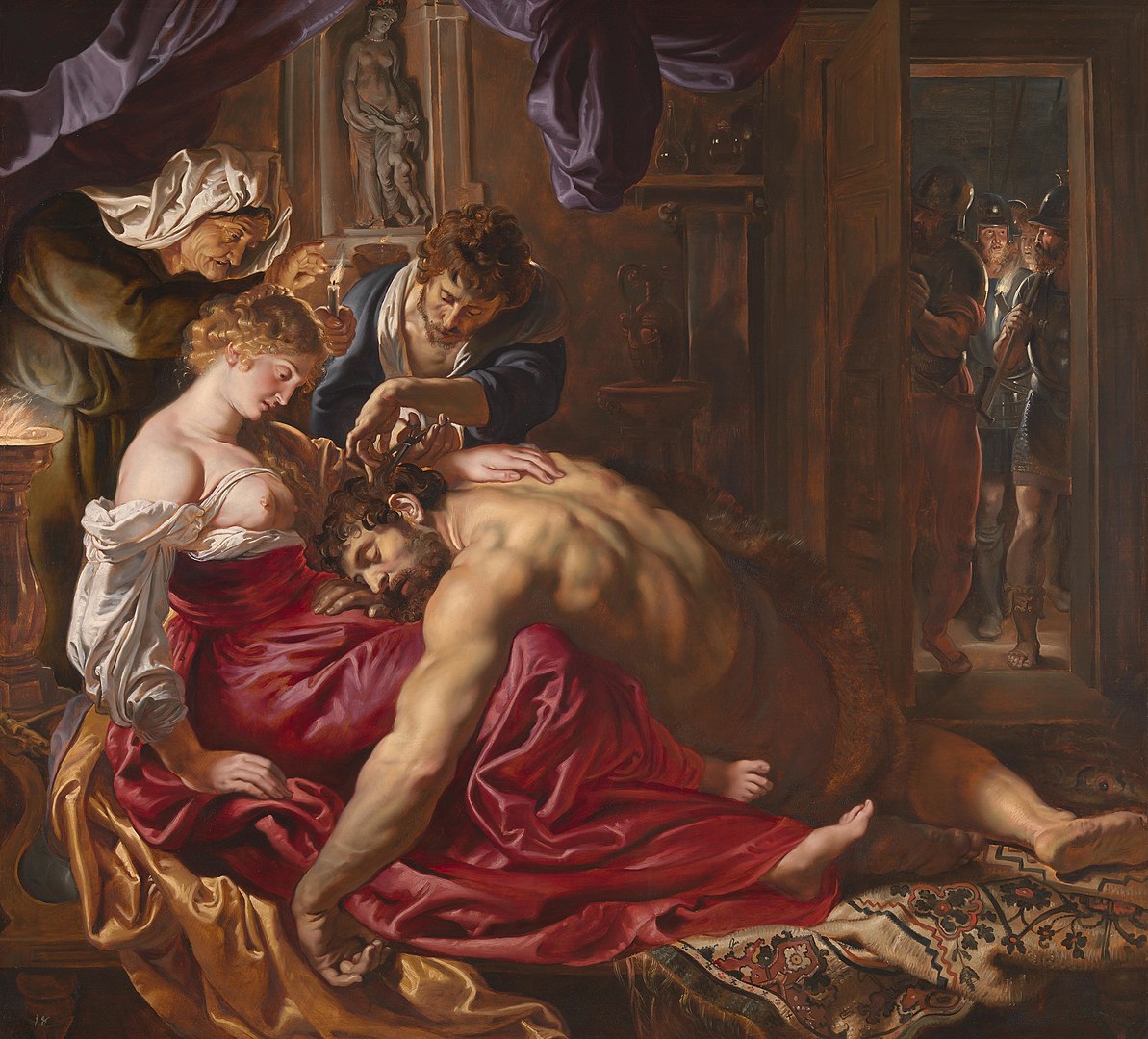 Samson and Delilah, Peter Paul Rubens, c. 1609-1610
Samson and Delilah, Peter Paul Rubens, c. 1609-1610‘Samson and Delilah’ (ca. 1609-10) by Peter Paul Rubens has been the subject of controversy for a long time. Recent research carried out by AI shows that this painting has a 91% probability of not being authentic artwork by Rubens. The algorithm gives critics reason to believe that the artwork is not authentic, an accusation that has long been suggested. It is believed that the painting in the National Gallery in London is a replica of the original piece which surfaced in 1929. This has undoubtedly created challenges in the accurate attribution of the artwork.
6. ‘The Scream’ (Edvard Munch, 1893)
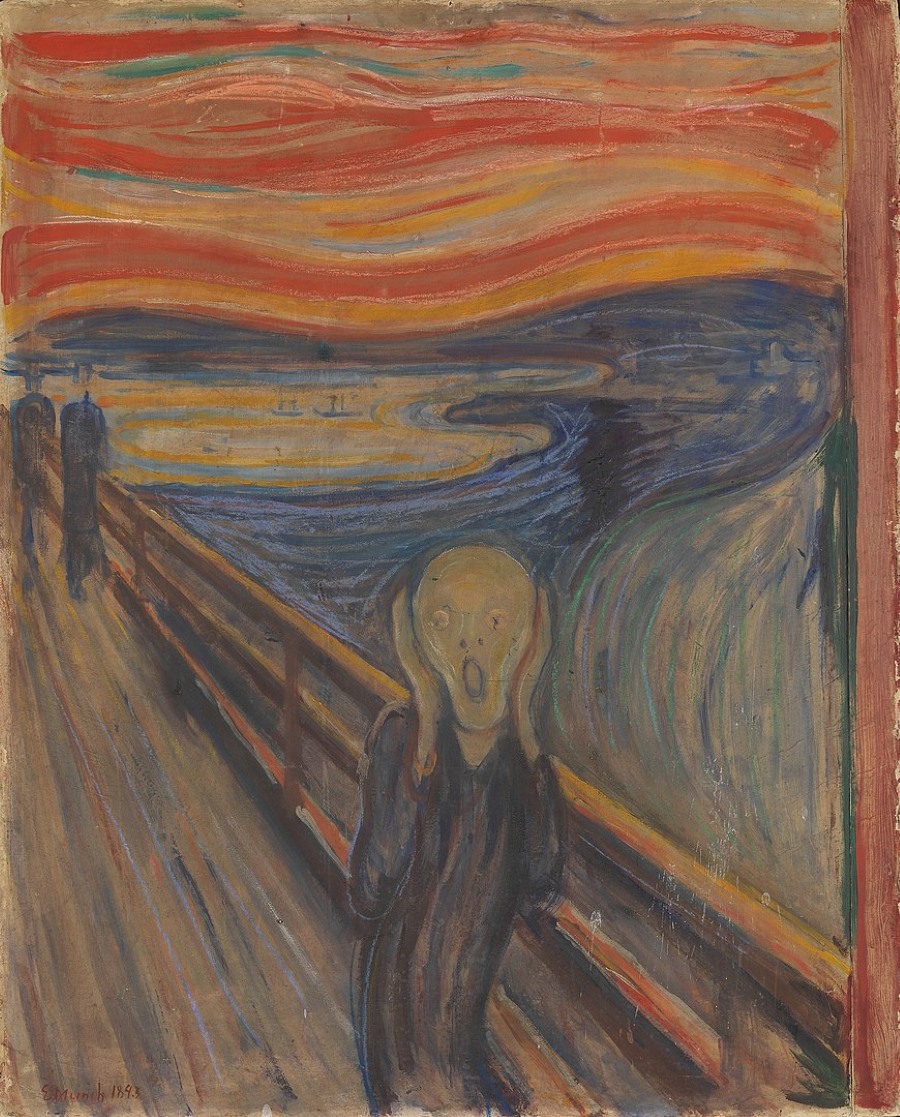 The Scream, Edvard Munch, 1893 © National Gallery of Norway
The Scream, Edvard Munch, 1893 © National Gallery of NorwayEdvard Munch has painted five versions of ‘The Scream’ (1893) throughout the years. The first two, from 1893 are located in the National Gallery in Oslo and the Munch Museum. The third version was made with pastels in 1895 and a black-and-white lithograph version was released in the same year. The final version was painted following the success of the other paintings.
7. ‘Guernica’ (Pablo Picasso, 1937)
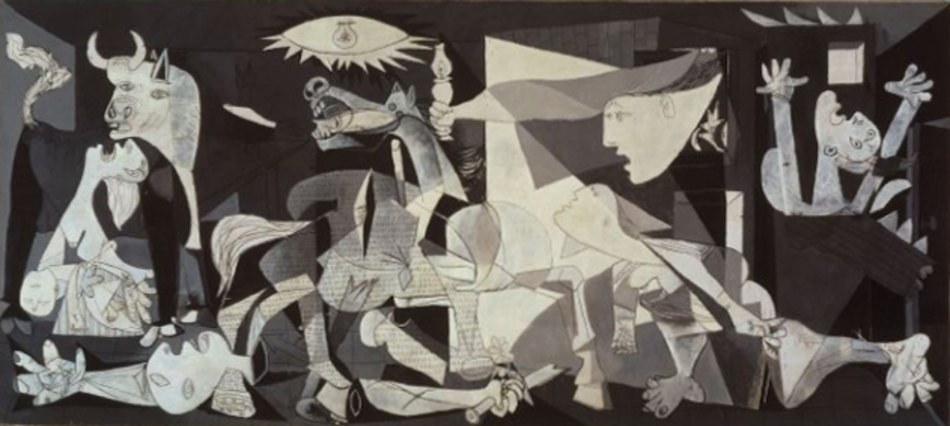 Guernica, Pablo Picasso, c. 1937
Guernica, Pablo Picasso, c. 1937Many art critics regard ‘Guernica’ (1937) by Pablo Picasso as the most powerful anti-war piece in art history, housed in Museo Reina Sofía in Madrid. This was painted in response to the carpet-bombing regime to address the injustice of bombing innocent civilians. However, Picasso didn’t witness the bombing firsthand; it is said that the inspiration for this painting was taken from an article written by South African-British journalist George Steer for The Times.
8. ‘American Gothic’ (Grant Wood, 1930)
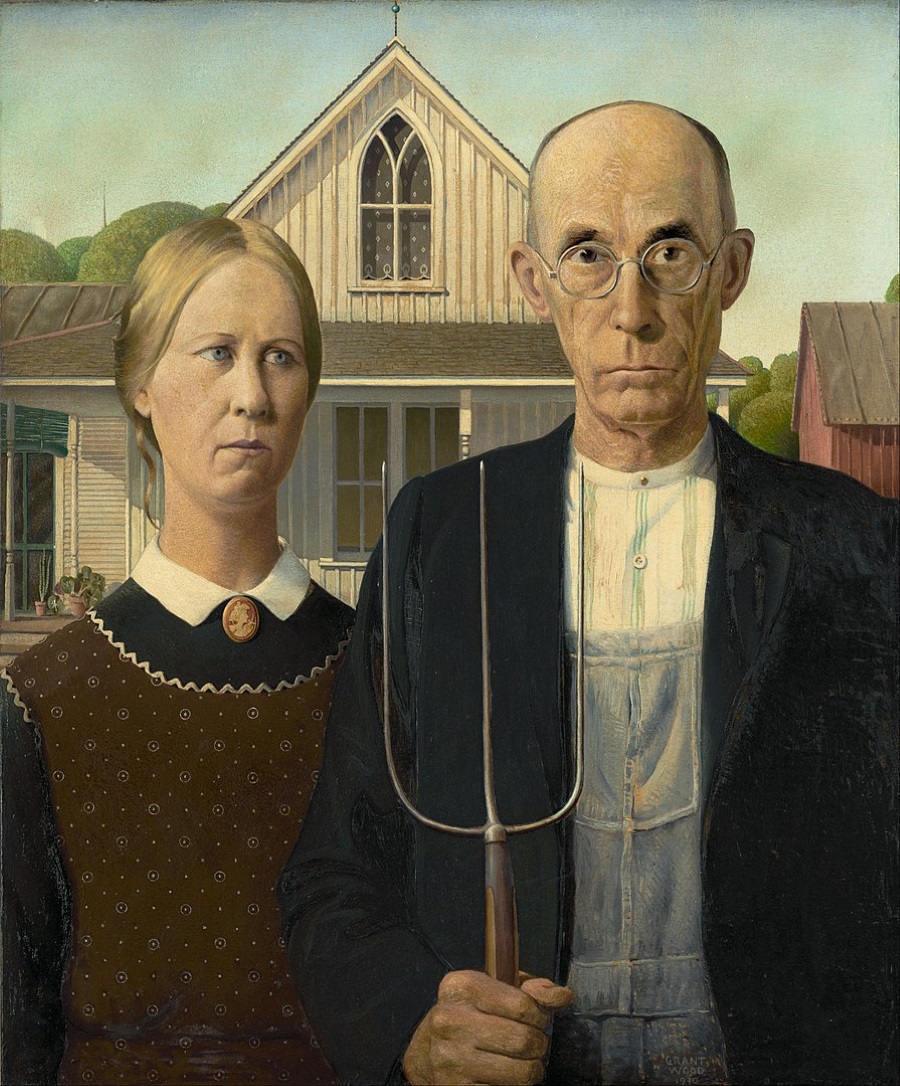 American Gothic, Grant Wood, 1930
American Gothic, Grant Wood, 1930‘American Gothic’ (1930) by Grant Wood has suffered from many misinterpretations over the years. Despite much speculation about the relationship between the two figures featured in the portrait, Wood has confirmed that the characters are father and daughter rather than husband and wife. Wood used his sister and his dentist as models for the portrait. The piece was intended to be a positive representation of rural American values in the face of the Great Depression, according to Wood.
9. ‘The Last Supper’ (Leonardo da Vinci, c.1495-1498)
 The Last Supper, Leonardo da Vinci, c. 1495-1498
The Last Supper, Leonardo da Vinci, c. 1495-1498‘The Last Supper’ (c.1495-1498) by Leonardo da Vinci is one of the most renowned pieces of art in the world. The painting depicts the moment Jesus told his Disciples that one of them would betray him the following day. It is filled with symbolic references, but one of the most notable is the container of spilled salt by Judas’ arm, which is commonly considered a bad omen, foreshadowing his treachery.
10. ‘Weeping Woman’ (Pablo Picasso, 1937)
 Weeping Woman, Pablo Picasso, 1937
Weeping Woman, Pablo Picasso, 1937‘Weeping Woman’ (1937) by Pablo Picasso went missing for three weeks before it was returned. The piece was stolen from the National Gallery of Victoria in Melbourne, Australia in 1986 by Australian Cultural Terrorists (ACT), who issued a list of demands to ensure its safe return. If their demands were not met, the group threatened that the painting would be destroyed within a week. Despite the Government’s refusal to negotiate, police were informed of its whereabouts in locker 227 of the Spencer Street railway station.
11. ‘The Horse Fair’ (Rosa Bonheur, 1852-1855)
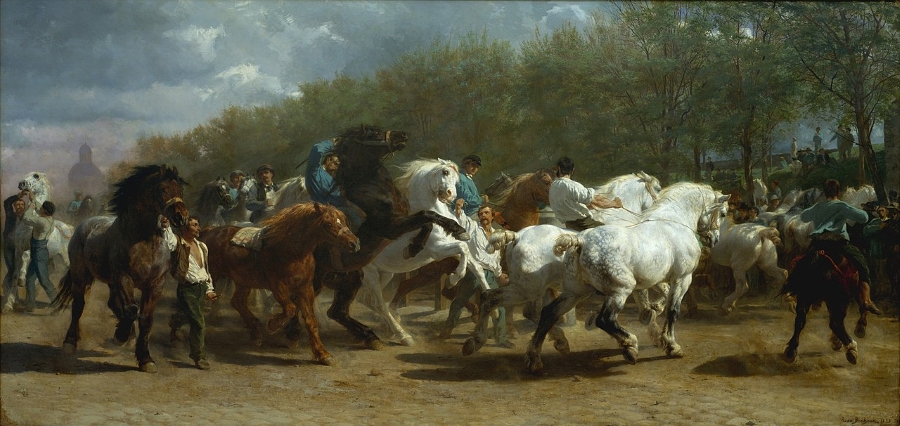 The Horse Fair, Rosa Bonheur, c. 1852-1855 © Metropolitan Museum of Art
The Horse Fair, Rosa Bonheur, c. 1852-1855 © Metropolitan Museum of ArtRosa Bonheur’s ‘The Horse Fair’ (1852-1855) depicts a scene of a horse sale, but to fully experience the muse for her piece, Bonheur disguised herself as a man to be able to attend the fair without being detected as women were not permitted to attend.
12. ‘Campbell’s Soup Cans’ (Andy Warhol, 1962)
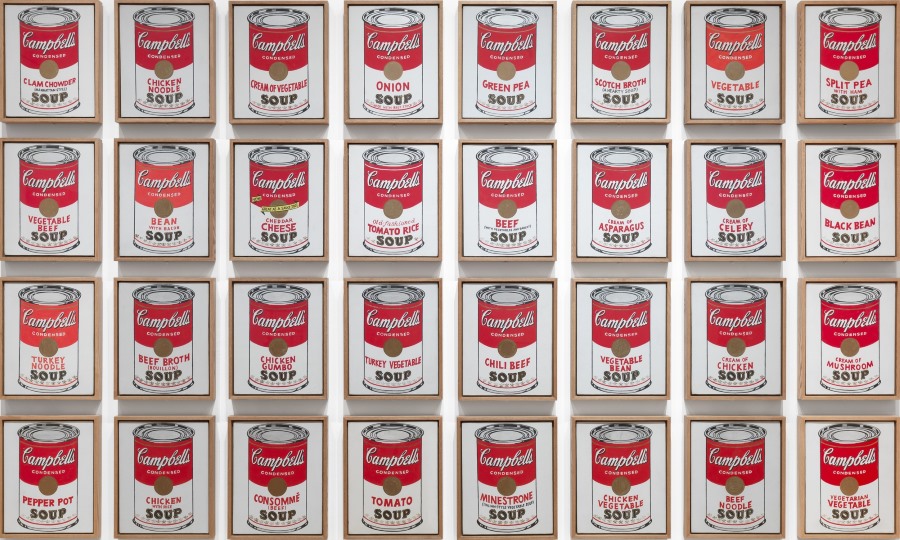 Campbell’s Soup Cans, Andy Warhol, 1962
Campbell’s Soup Cans, Andy Warhol, 1962Andy Warhol’s ‘Campbell’s Soup Cans’ (1962) is a set of 32 canvases, each representing the 32 varieties of soup that the company sold at the time. Museum of Modern Art in New York exhibited them chronologically, in the manufacturing order in which the soup flavours were introduced to the American public as Warhol never gave instructions on how to exhibit them.
So next time you view the Mona Lisa at the Louvre, or Guernica at La Reina Sofia, remember that there’s a story behind every piece of art.
For yet more insight into art history discover the mutual inspiration between Picasso and Chanel.
Photo Credits: Wikipedia Commons
Credits for the Main photo: The Scream, Edvard Munch, 1893 © National Gallery of Norway
